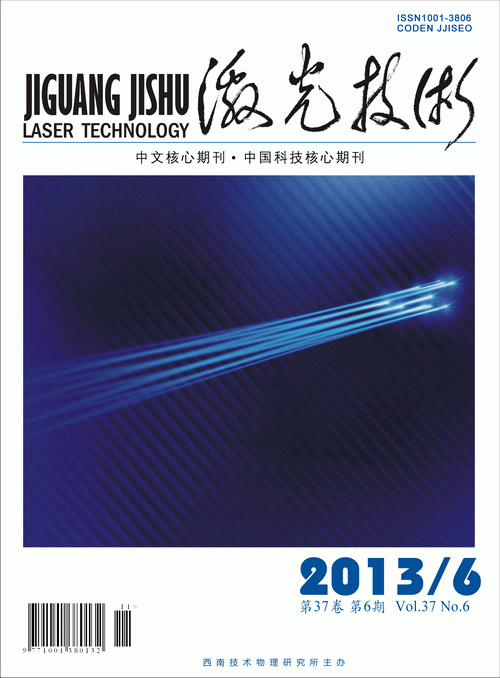Optical scanning holography based on a binary phase pupil
-
Corresponding author:
ZHOU Xin, zhoxn985@sohu.com
;
-
Received Date:
2013-03-12
Accepted Date:
2013-04-23
-
Abstract
In order to reduce the precision requirements of random-phase pupil, an optical scanning holography method using a binary random-phase pupil was proposed, which can be used to acquire the holographic information of a multi-section object. Series of theoretical analysis and numerical simulation were conducted. It is found that, similar as the optical scanning holography using a continuous random-phase pupil, the one using a binary phase pupil can also effectively eliminate the haze risen from the de-focus sections when the in-focus image is reconstructed. Furthermore, the reconstructed image quality has a close relationship with the degree of randomness on binary random-phase pupil, and an acceptable reconstructed image can still be obtained if randomness degree is not too low. This result is helpful for reducing the requirements of experimental conditions.
-

-
References
|
[1]
|
POON T C. Optical scanning holography with MATLAB[M]. New York,USA:Springer,2007:65-96. |
|
[2]
|
INDEBETOUW G, ZHONG W W. Scanning holographic microscopy of three-dimensional fluorescent specimens[J].Journal of the Optics Society of America,2006,A23(7):1699-1707. |
|
[3]
|
POON T C, KIM T. Optical image recognition of three-dimensional objects[J]. Applied Optics,1999, 38(2):370-381. |
|
[4]
|
POON T C. Three-dimensional television using optical scanning holography[J]. Journal of Inform Display, 2002, 3(3):12-16. |
|
[5]
|
KIM T. Optical sectioning by optical scanning holography and a wiener filter[J].Applied Optics,2006,45(5):872-879. |
|
[6]
|
KIM H, MIN S W, LEE B, et al. Optical sectioning for optical scanning holography using phase space filtering with Wigner distribution functions[J]. Applied Optics,2008,47(19):D164-D175. |
|
[7]
|
ZHANG X, LAM E Y, POON T C. Reconstruction of sectional images in holography using inverse imaging[J]. Optics Express, 2008, 16(22):17215-17226. |
|
[8]
|
HOU R N, YAN Y F. The zero-order image and conjugate image elimination method of off-axis digital hologram[J]. Laser Technology, 2012, 36(5):632-635(in Chinese). |
|
[9]
|
ZHANG X, LAM E Y. Edge-preserving sectional image reconstruction in optical scanning holography[J]. Journal of the Optics Society of America,2010,A27(7):1630-1637. |
|
[10]
|
ZHAO F J, QU X C, ZHANG X, et al. Solving inverse problems for optical scanning holography using an adaptively iterative shrinkage-thresholding algorithm[J]. Optics Express, 2012, 20(6):5942-5954. |
|
[11]
|
TSANG P W, CHEUNG K W, KIM T, et al. Fast reconstruction of sectional images in digital holography[J]. Optics Letters,2011,36(14):2650-2652. |
|
[12]
|
KIM T, POON T C. Autofocusing in optical scanning holography[J].Optics Letters,2009, 48(34):H153-H159. |
|
[13]
|
ZHOU X, DOBSON K, SHINODA Y, et al. Sectional image reconstruction in optical scanning holography using a random-phase pupil[J].Applied Optics,2010,35(17):2934-2936. |
-
-
Proportional views

-

 Map
Map



 DownLoad:
DownLoad: